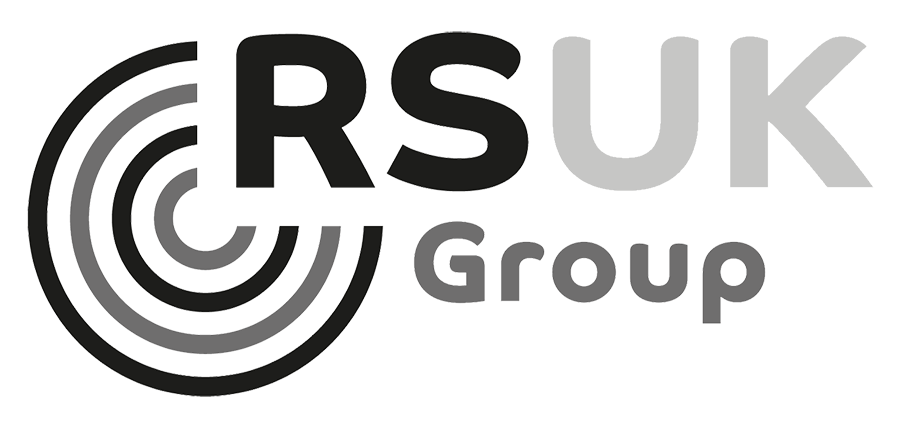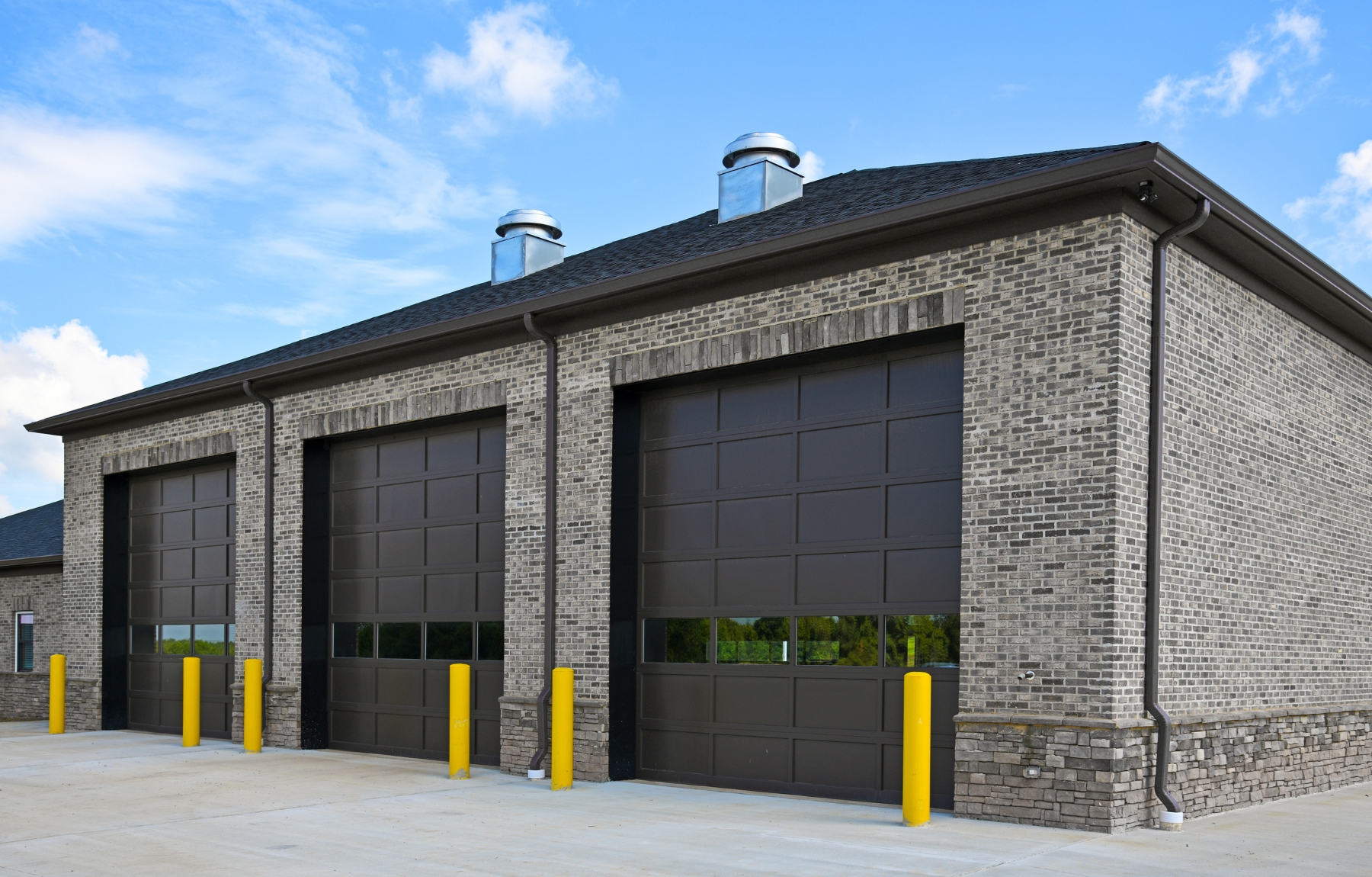What Does a Commercial EICR Involve and How Often Should It Be Done?
A Commercial EICR (Electrical Installation Condition Report) is an essential part of maintaining electrical safety in business premises. If you own or manage a commercial property, your fixed electrical system must be inspected regularly to meet legal, insurance and health and safety requirements.
But what does the process involve and how often should it be carried out?
In this article, we explain what a commercial EICR includes, how the inspection is conducted, what the report shows, and how frequently businesses need to schedule one. If you own or manage a commercial property, this article will help you understand your responsibilities.
What Is a Commercial EICR?
A Commercial Electrical Installation Condition Report (EICR) is a formal document produced following the inspection and testing of the fixed wiring in a non-domestic property. The report is carried out by a qualified electrician or electrical contractor and assesses whether the installation is safe for continued use.
The report checks the condition of:
- Distribution boards (consumer units)
- Wiring systems
- Socket outlets and switches
- Lighting circuits
- Fixed equipment and protective devices
- Earthing and bonding arrangements
The purpose is to identify deterioration, damage, or non-compliance with current regulations and to ensure the system is safe and fit for use.
Why a Commercial EICR Is Important
Electrical faults are one of the leading causes of workplace fires and serious incidents in the UK. Over time, all electrical installations degrade, whether due to wear, environmental conditions, poor previous workmanship, or increased usage.
A commercial EICR helps you:
- Comply with the Electricity at Work Regulations 1989
- Meet insurance policy requirements
- Avoid risk of fire, electric shock, or equipment failure
- Satisfy lease or landlord obligations
- Protect employees, customers, and site visitors
What Happens During a Commercial EICR?
A qualified electrician will attend your premises and carry out a combination of visual inspection and electrical testing on your fixed installation.
The process typically includes:
1. Visual Inspection
This checks for obvious signs of damage, deterioration, or poor installation practices. It includes an examination of:
- Distribution boards and labels
- Switchgear and control equipment
- Wiring routes and mechanical protection
- Signs of overheating, wear, or corrosion
2. Dead Testing
This involves switching off power to perform insulation resistance tests and continuity checks. It helps identify hidden faults within cabling and circuits.
3. Live Testing
Live testing checks the performance of protective devices (RCDs), fault loop impedance, and polarity. It confirms that systems will disconnect safely under fault conditions.
4. Documentation Review
The contractor may request existing records, previous certificates, or electrical layout drawings. This helps verify compliance and identify historical changes.
What Does the EICR Report Show?
Once the inspection is complete, the electrician will produce a formal report. This includes:
- A summary of the installation’s overall condition
- A list of observations categorised by severity
- A list of recommended actions or remedial work
- Confirmation of whether the installation is “satisfactory” or “unsatisfactory”
Each issue found will be coded using standard classifications:
- C1– Danger present, immediate action required
- C2– Potentially dangerous, urgent action recommended
- C3– Improvement recommended
- FI– Further investigation required
A report marked as “unsatisfactory” means remedial work is required before the installation can be considered safe.
How Often Should a Commercial EICR Be Done?
The frequency of EICRs depends on the type of premises and how they are used. For most commercial properties, the recommended interval is every 5 years or at change of occupancy.
Other guidance includes:
- Industrial premises: every 3 years
- Retail units, offices, and commercial kitchens: every 5 years
- Places of public access (hotels, theatres): every 1–3 years
What If the Report Is Unsatisfactory?
If your EICR comes back as “unsatisfactory”, you must address the listed defects before the system can be deemed safe. The report will guide your electrician in making the necessary repairs or upgrades.
Once completed, a Minor Works Certificate or updated Installation Certificate will be issued to confirm compliance.
Legal Responsibilities for Businesses
As a business owner, landlord, or responsible person, you have a legal duty to maintain electrical systems in a safe condition. Under the Electricity at Work Regulations 1989, all systems must be designed, installed, and maintained to prevent danger.
Failure to carry out routine inspections and address faults could result in:
- Enforcement notices from HSE or the local authority
- Insurance claims being denied after an incident
- Injury or damage for which you may be held liable
How Long Does a Commercial EICR Take?
The duration depends on the size and complexity of the premises. Factors affecting duration include:
- Number of distribution boards and circuits
- Site access and layout
- Working hours and required shutdowns
Many contractors can schedule testing during evenings or weekends to avoid disruption to normal operations.
Who Can Carry Out a Commercial EICR?
Only a qualified and competent person should carry out a commercial EICR. Ideally, this should be an electrician registered with a recognised body such as NAPIT. These contractors are assessed against UK standards and are authorised to issue valid certification.
How to Prepare for an EICR
You can help ensure a smooth inspection by:
- Providing access to all distribution boards and control panels
- Clearing areas around fixed equipment and circuits
- Providing previous reports or layouts, if available
- Confirming business hours and shutdown availability
If your operations are sensitive, discuss phasing, shift work, or temporary power solutions with your contractor.
What Happens After the Report?
Once the report is issued:
- Review it with your contractor to understand any actions needed
- Prioritise urgent works (C1 or C2)
- Schedule follow-up testing or re-certification if required
- Keep the report in your compliance documentation
Many businesses choose to schedule remedial work immediately, especially where insurance or legal compliance is at stake.
Final Thoughts
A Commercial EICR is a critical part of keeping your premises, staff, and operations safe. It ensures your electrical systems meet UK safety standards, helps prevent costly incidents, and supports your legal compliance as a business or landlord.
If your last EICR is due, or you’ve never had one completed, now is the time to act. The cost of an inspection is far outweighed by the risks of not having one.
If you're based in Grimsby, Lincolnshire or surrounding areas and need a qualified electrical contractor to carry out your next EICR, contact our team on 01472 867820 or complete the enquiry form below to arrange a site visit or request a bespoke quote.








